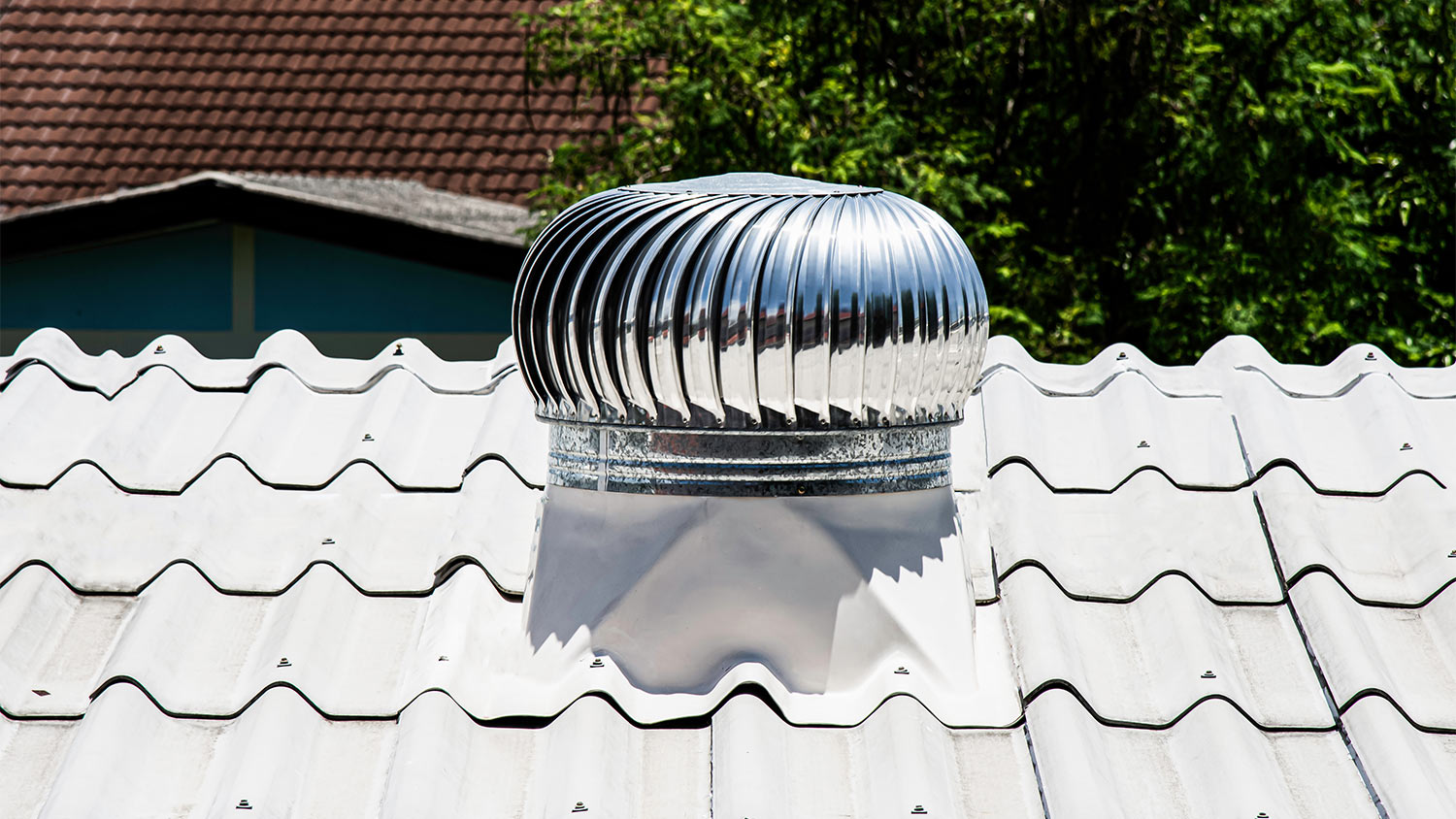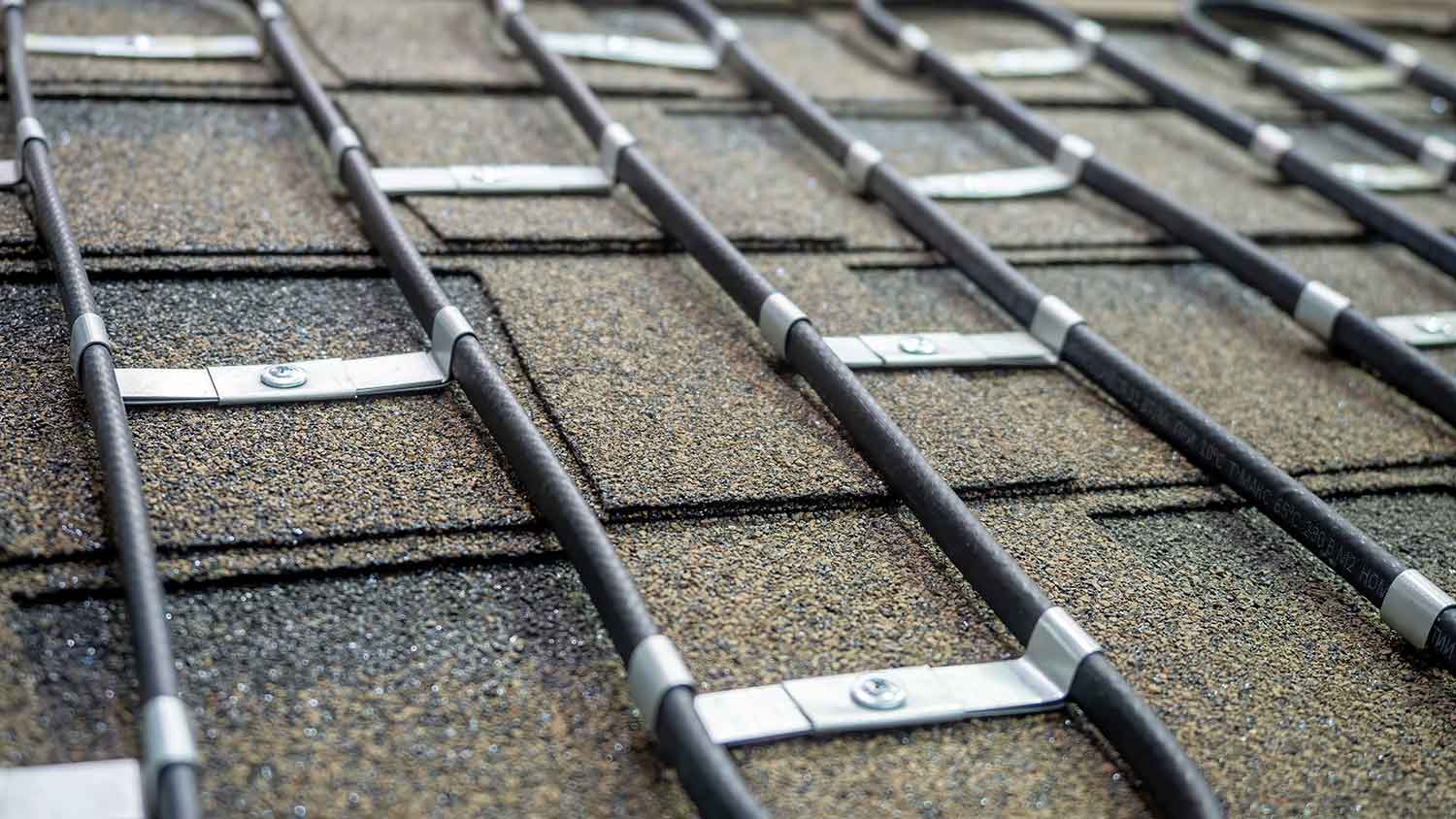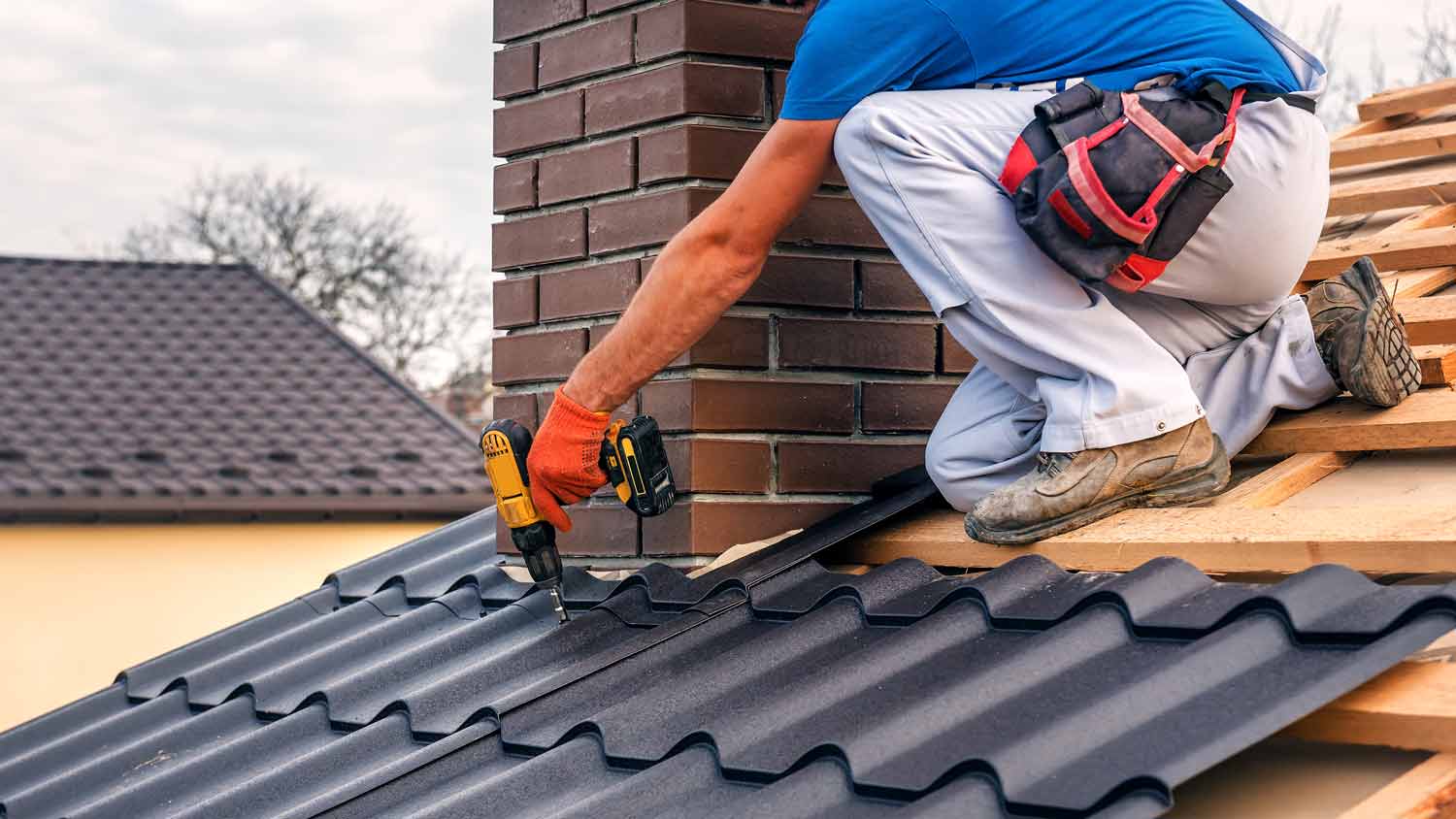Jerry's Roofing of Tampa Bay Inc
Jerry's Roofing of Tampa Bay Inc
License #: CCC1330332. Additional service ares - Apollo Beach, Ruskin & Dover.
"I did my homework before selecting Jerry’s Roofing. Given the cost and importance of a project like this, I’m glad I got this one right. I saw they have been in business longer than anyone I found and had an excellent reputation. Even my coworkers and friends had great things to say about them. After checking out my roof, Jerry gave me a very fair quote that included more sheets of plywood than any of my other quotes. That really helped in my situation. Unfortunately, my roof was in worse shape than I realized and a lot of the wood had to be replaced. Fortunately for me, I selected the right company and these guys worked hard and late. Even though my roof damage was extensive, which really should not have been a shock to me considering the age, Jerry’s Roofing took care of us, and at a good price. The crew showed up on time and got started immediately. Very professional guys and obviously very experienced. They took the time to clean up and also explain to me what was going on with the project. Glad to have this repair completed. My new roof looks great! I would recommend Jerry's Roofing without hesitation to anyone. Many thanks!!!"
Declan F on April 2022
License #: CCC1330332. Additional service ares - Apollo Beach, Ruskin & Dover.
"I did my homework before selecting Jerry’s Roofing. Given the cost and importance of a project like this, I’m glad I got this one right. I saw they have been in business longer than anyone I found and had an excellent reputation. Even my coworkers and friends had great things to say about them. After checking out my roof, Jerry gave me a very fair quote that included more sheets of plywood than any of my other quotes. That really helped in my situation. Unfortunately, my roof was in worse shape than I realized and a lot of the wood had to be replaced. Fortunately for me, I selected the right company and these guys worked hard and late. Even though my roof damage was extensive, which really should not have been a shock to me considering the age, Jerry’s Roofing took care of us, and at a good price. The crew showed up on time and got started immediately. Very professional guys and obviously very experienced. They took the time to clean up and also explain to me what was going on with the project. Glad to have this repair completed. My new roof looks great! I would recommend Jerry's Roofing without hesitation to anyone. Many thanks!!!"
Declan F on April 2022













